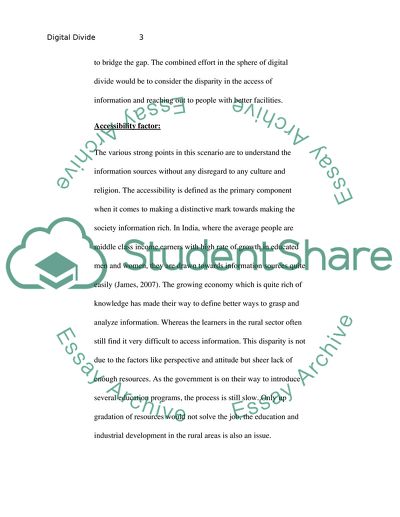Cite this document
(Defining the Digital Divides Essay Example | Topics and Well Written Essays - 4500 words, n.d.)
Defining the Digital Divides Essay Example | Topics and Well Written Essays - 4500 words. Retrieved from https://studentshare.org/miscellaneous/1719982-digital-divides
Defining the Digital Divides Essay Example | Topics and Well Written Essays - 4500 words. Retrieved from https://studentshare.org/miscellaneous/1719982-digital-divides
(Defining the Digital Divides Essay Example | Topics and Well Written Essays - 4500 Words)
Defining the Digital Divides Essay Example | Topics and Well Written Essays - 4500 Words. https://studentshare.org/miscellaneous/1719982-digital-divides.
Defining the Digital Divides Essay Example | Topics and Well Written Essays - 4500 Words. https://studentshare.org/miscellaneous/1719982-digital-divides.
“Defining the Digital Divides Essay Example | Topics and Well Written Essays - 4500 Words”, n.d. https://studentshare.org/miscellaneous/1719982-digital-divides.


